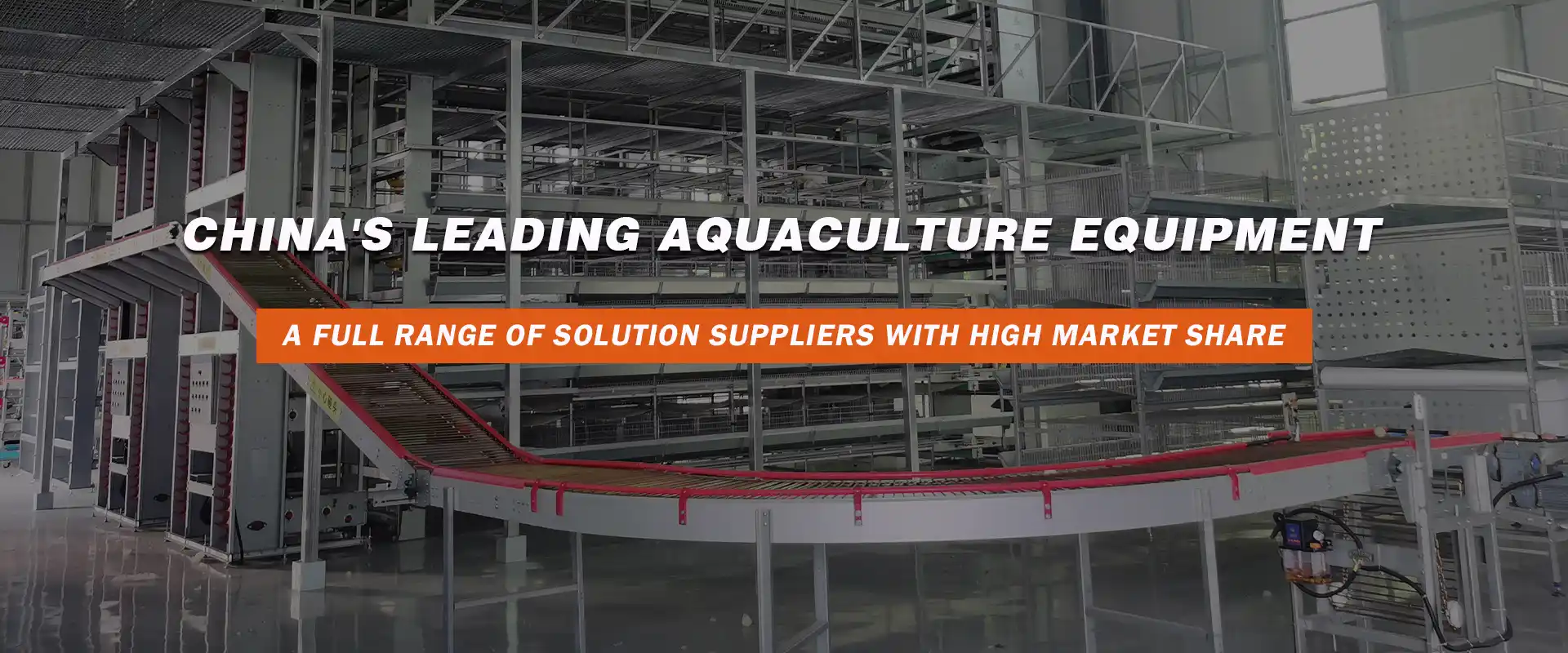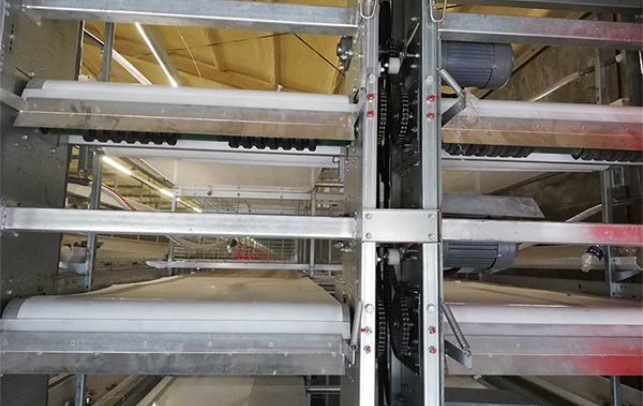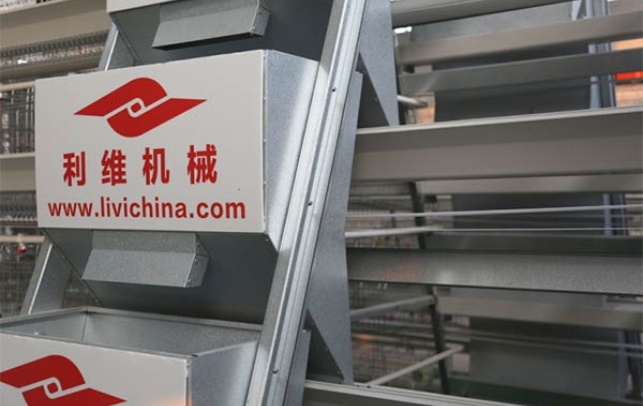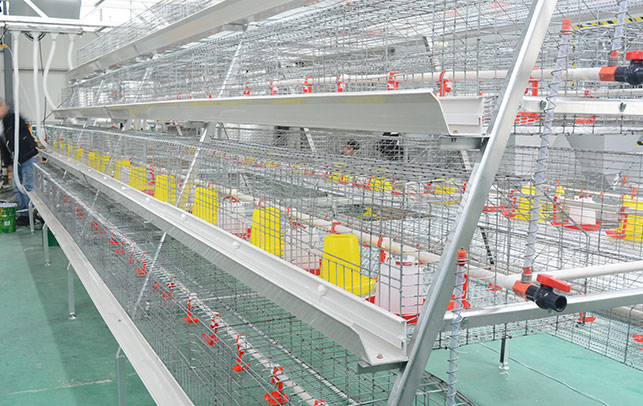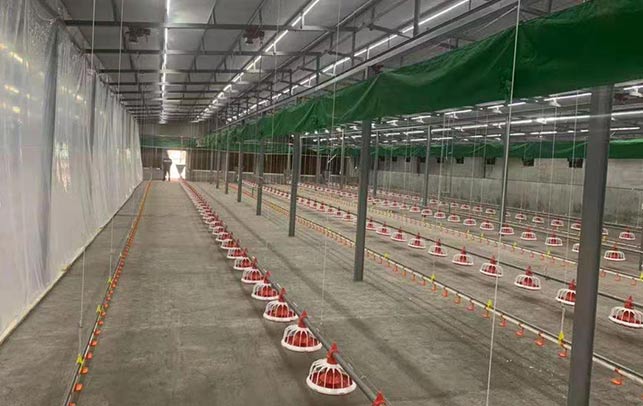50000 Broiler Cage Farming Solutions: Comprehensive Strategies for Modern Poultry Production
Time : 2025-03-25
In the poultry industry, the broiler cage farming solution is a crucial component for efficient and sustainable production. As the demand for chicken meat continues to rise globally, optimizing broiler farming systems is essential. This article delves into various strategies and solutions for a 50000 broiler cage farming setup, providing insights into modern poultry production.
Introduction to Broiler Cage Farming
Broiler cage farming is a widely adopted method for commercial poultry production, especially for raising broiler chickens. This system involves housing chickens in cages that are strategically designed to facilitate easy management, minimize disease transmission, and maximize feed conversion rates.
1. Cage Design and Construction
The design and construction of broiler cages play a significant role in the success of a 50000 broiler operation. The following factors should be considered:
- Material: Choose high-quality, durable, and corrosion-resistant materials like stainless steel or galvanized steel.
- Size: Ensure that the cages are of appropriate size to accommodate the number of birds and promote proper growth and movement.
- Airflow: Proper ventilation is crucial for maintaining air quality and preventing respiratory diseases. The cage design should allow for adequate air exchange without compromising on bird comfort.
- Feeding and Drinking Systems: Efficient feeding and drinking systems ensure that birds receive adequate nutrition and hydration, contributing to overall health and growth rates.
- Egg Collection Mechanism: Implement an effective egg collection system to reduce manual labor and ensure the quality of the eggs.
2. Biosecurity and Disease Control
Maintaining high biosecurity measures is essential to prevent disease outbreaks in a large-scale broiler farming operation. Implement the following strategies:
- Sanitization: Regularly clean and disinfect the cages, as well as the entire farm, to reduce the risk of pathogens.
- Access Control: Limit access to the farm to authorized personnel and visitors.
- Isolation Units: Designate isolation units for new arrivals or birds showing signs of illness.
- Monitoring: Conduct regular health checks and monitor bird behavior to detect early signs of disease.
3. Environmental Management
Optimizing environmental conditions in the broiler farm is vital for the health and growth of the birds. Consider the following aspects:
- Temperature and Humidity: Monitor and regulate temperature and humidity levels to ensure birds remain comfortable and healthy.
- Lighting: Implement a lighting schedule that promotes appropriate growth rates and minimizes stress.
- Odor Control: Manage waste properly to reduce odors and maintain air quality.
4. Nutrition and Feeding
Proper nutrition and feeding practices are critical for the success of a 50000 broiler cage operation. The following points should be considered:
- Balanced Diet: Formulate a balanced diet that meets the nutritional requirements of the birds at different growth stages.
- Feed Conversion Ratio (FCR): Optimize FCR by selecting high-quality feed ingredients and feed management practices.
- Automatic Feeding Systems: Implement automated feeding systems to ensure consistent and timely feeding.
5. Water Management
Water is a vital component of the broiler farming process. The following aspects should be considered:
- Quality: Ensure the water source is safe and free from contaminants.
- Availability: Provide continuous access to clean water throughout the day.
- Filtering and Treatment: Implement filtering and treatment systems to remove impurities and ensure the water is safe for consumption.
6. Monitoring and Record Keeping
Monitoring the performance of your broiler farm is crucial for identifying areas for improvement. Implement the following practices:
- Bird Performance Monitoring: Regularly monitor growth rates, feed conversion rates, and mortality rates to ensure optimal performance.
- Health Monitoring: Keep a record of health issues and disease outbreaks, as well as the steps taken to address them.
- Environmental Monitoring: Monitor temperature, humidity, and air quality to ensure birds remain comfortable and healthy.
Conclusion
Implementing the right strategies and solutions for a 50000 broiler cage farming operation is crucial for sustainable and profitable poultry production. By focusing on cage design, biosecurity, environmental management, nutrition, water management, and monitoring, farmers can optimize their operations and achieve success in the poultry industry.




